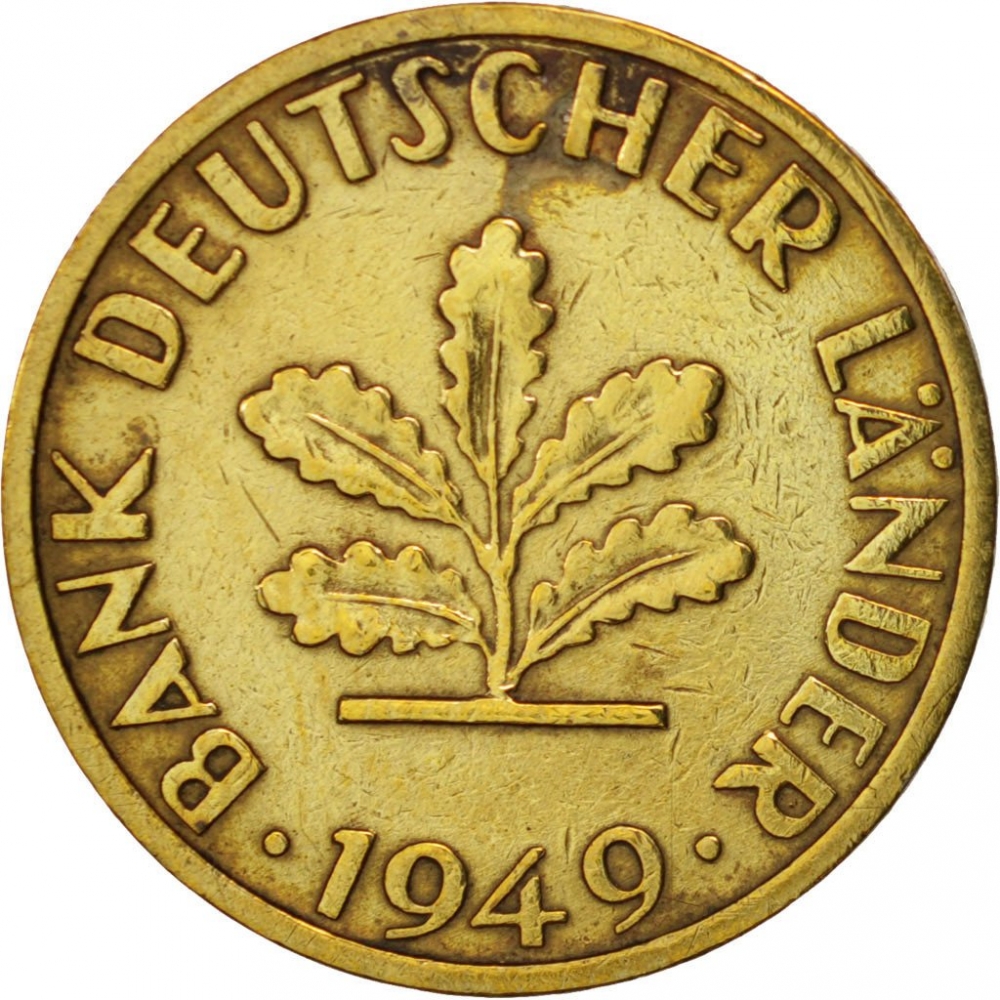You are about to finish your registration. Please check your mailbox (including spam folder). There should be a letter with a confirmation link. Check setting to make sure that your e-mail address is correct.
Send letter againDescription
West Germany is the common English name for the Federal Republic of Germany or FRG (German: Bundesrepublik Deutschland or BRD) in the period between its creation on 23 May 1949 to German reunification on 3 October 1990. During this Cold War era, NATO-aligned West Germany and Warsaw Pact-aligned East Germany were divided by the Inner German border. After 1961 West Berlin was physically separated from East Berlin as well as from East Germany by the Berlin Wall. This situation ended when East Germany was dissolved and its five states joined the ten states of the Federal Republic of Germany along with the reunified city-state of Berlin. With the reunification of West and East Germany, the Federal Republic of Germany, enlarged now to sixteen states, became known simply as "Germany". This period is referred to as the Bonn Republic (Bonner Republik) by historians, alluding to the interwar Weimar Republic and the post-reunification Berlin Republic.
Engraver: Adolf Jäger
Obverse

|
Depicts an oak sprig, inscription "Bank of the German States" above, date below. BANK DEUTSCHER LÄNDER |
|---|---|
Reverse

|
Facial value between two rye ears, mintmark above. F |
| Edge |
Smooth brass plating partly stretched over a steel core |
5 Pfennig
KM# 102 Schön# 100 Jaeger# 377
Characteristics
| Material | Brass Clad Steel |
| Weight | 3 g |
| Diameter | 18.5 mm |
| Thickness | 1.7 mm |
| Shape |
|
| Alignment | Medal |
| Mints |
Bavarian Central Mint (D) Hamburg Mint (J) Karlsruhe State Mint (G) Stuttgart State Mint (F)
|



